L&T Switchgear HRC Fuse Cylindrical HF Size 14 X 51 80kA Description
Features and Details:
- Conforms to IEC 60269-2 | IS 13703 part 25
- Range: 2A to 63A, 415V, AC 50Hz
- High breaking capacity: 80kA for type HF/HG/HQ
What is an HRC Fuse and what is it used for?
A fuse is a protective device used to protect a device or circuit against serious damage caused by overcurrents or short circuits.
High Rupturing Capacity (HRC) fuses are fully closed fuses with well-known and high breaking capabilities that were developed following extensive research by manufacturers and supply engineers.
Working Principle of HRC Fuse
Under normal conditions, the flow of current through the fuse provides insufficient energy to soften the element. If the enormous current leaks through the fuse then it melts the fuse member before the fault current reaches its peak.
When the fuse is in a state of overload, then the fuse element will not be blown though if this condition exists for a long time, then the material as Eutectic will dissolve and break the fuse element. When the fuse is in a short circuit, the thin portions of the fuse element is less surface area will quickly dissolve and break before the eutectic material. That is why it is necessary to indicate the limits in the HRC Fuse element.
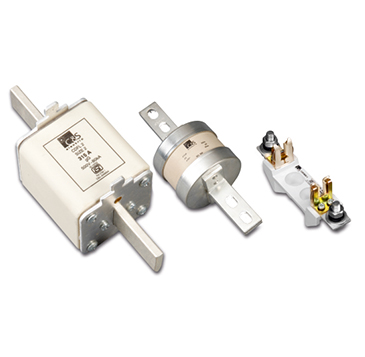

Construction of HRC fuse
The construction of the HRC fuse comprises a material that has a heat-resistant body such as ceramics. The ceramic body includes metal tips welded through a silver current-carrying element.
The internal area of the fuse body is filled with filler powder material. Here the material used is quartz, gypsum, dust, marble, chalk, etc. This is the reason why the current flow cannot overheat. The resulting heat will evaporate the molten element. The chemical reaction occurs between the filling power and the silver vapor to obtain a high tensile material to help reduce the arc in the fuse.
In general, copper or silver is used as a fusion element because of its low specific strength. This element normally consists of at least 2 sections. The fuse element usually comprises two or more sections connected by tin seals. The melting point of tin is 2400 C, which is inferior to the melting point of silver as 980o C. As a result, the melting point of the pewter assemblies prevents the fuse from obtaining high temperatures under short circuit and overload conditions.
HV HRC (high-voltage high rupturing capacity) fuses are used for short circuit protection in high-voltage switchgear for the 50 to 60 Hz frequency range
- Distribution transformers up to 2000 kVA
- High-voltage motors up to 3 MW
- Capacitors up to1200 kvar
- MV voltage transformers
- Cable feeders
Some of its benefits are: No aging, tightness maintained, low power loss due to optimized melting conductor construction, and high reliability.
 (+91) 7439 448 917
(+91) 7439 448 917 Cash on Delivery Available
Cash on Delivery Available



 Circuit Breakers
Circuit Breakers Power Distribution
Power Distribution Modular Switchboard
Modular Switchboard Wires & Cables
Wires & Cables
















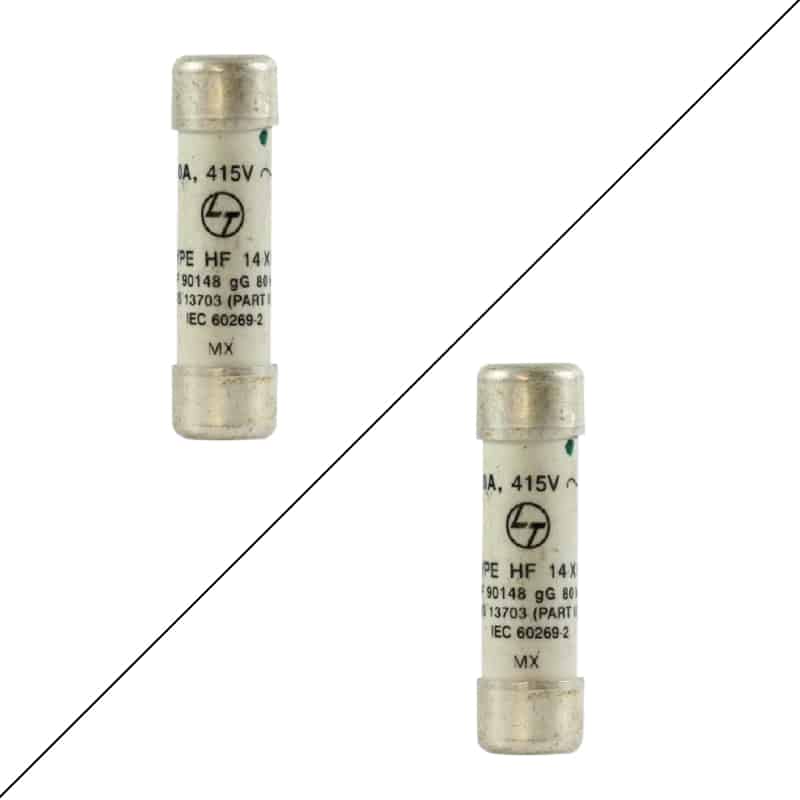
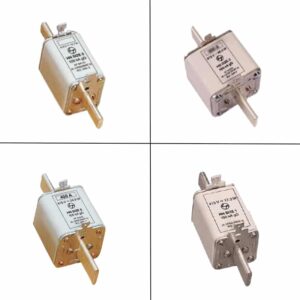
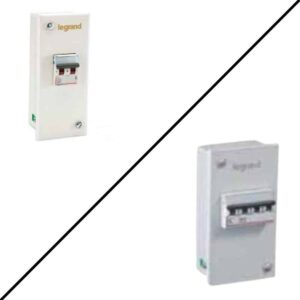




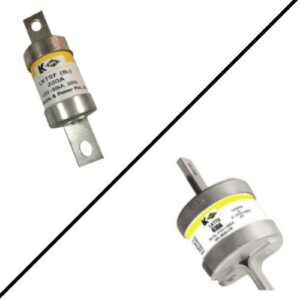



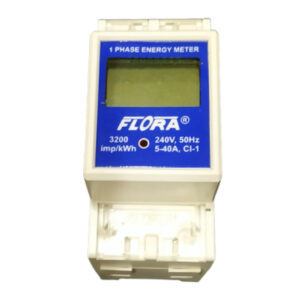
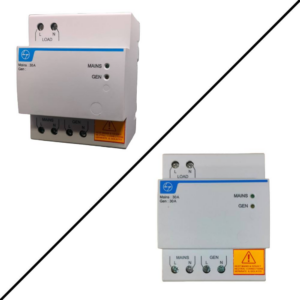
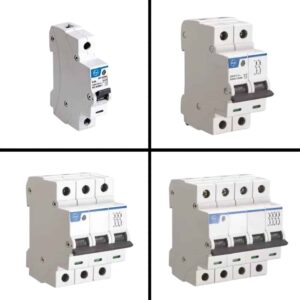
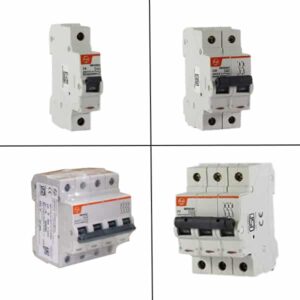












Reviews
There are no reviews yet